Google’s Pixel phones first appeared way back in 2016, and they’ve been an annual fixture ever since. These phones have gone from strength to strength, but they’ve always stood out as picks for the best camera phones, while offering exclusive software features and long-term commitments to updates.
It’s fair to say that some Pixels are just better than others. It’s just a fact that when you’ve got a long-running series of phones, you’re gonna get some fantastic entries and a few not-so-great offerings. So we thought it would be fun to rank the Pixel phones from worst to best, following on from our Galaxy S series list.
We tried to rank these phones based on a number of factors, namely their commercial/critical reception, their features and specs, the actual importance of each release, and our own subjective Android Authority feelings. And we decided to only focus on the flagship phones rather than the Pixel A series and foldables to keep things equal.
We should also stress that this is for fun rather than a definitive ranking. Your opinions will naturally vary. So let’s get on with it and look at the worst Pixel to date then work our way to the best one.
What’s the worst Google Pixel to date?
0 votes
8. Pixel 6 and Pixel 6 Pro
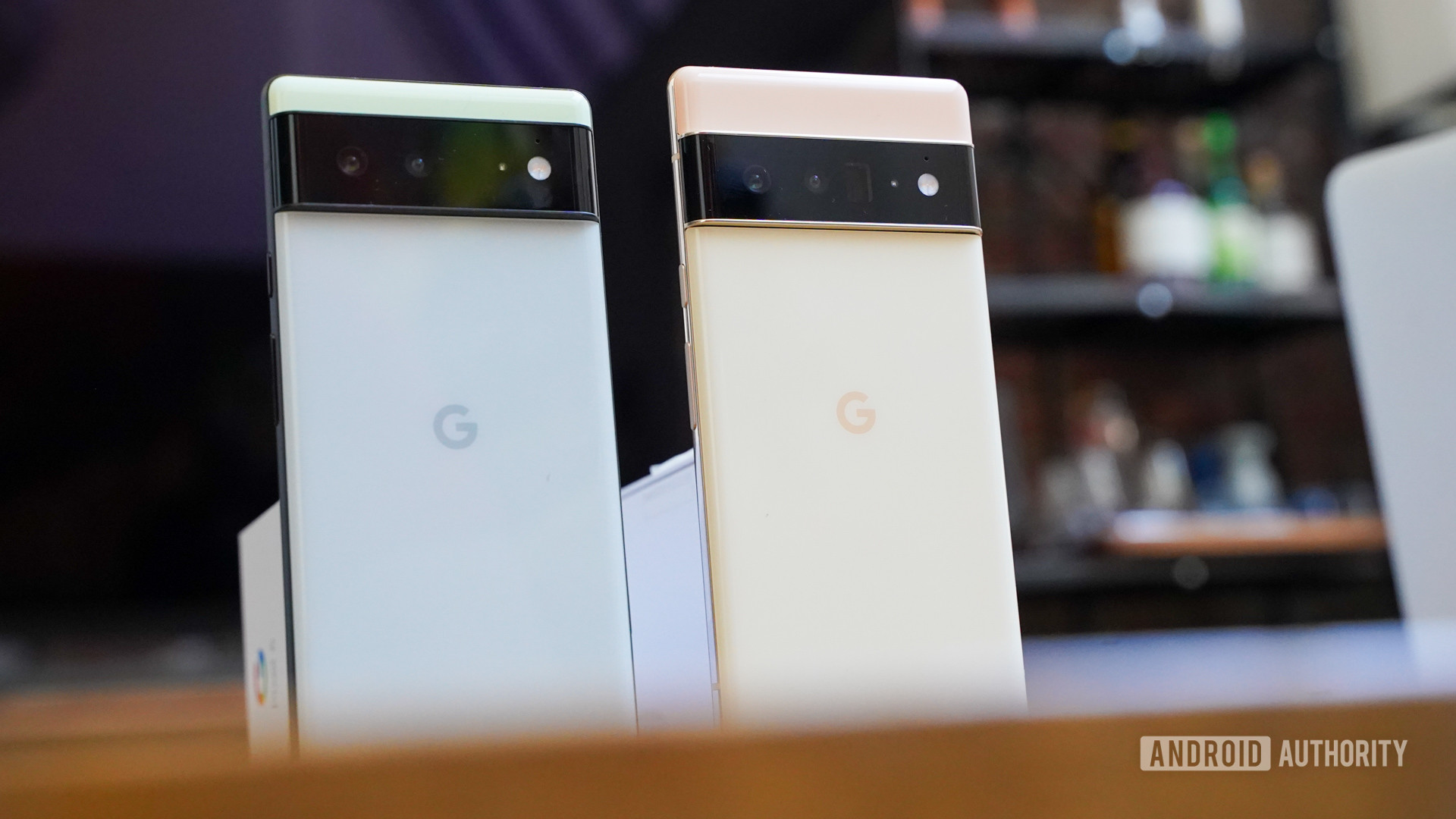
Eric Zeman / Android Authority
Google’s first Tensor-equipped Pixel phones are also the worst Pixel phones in our book. The Pixel 6 series was an ambitious release for the company, and we can appreciate the impressive on-paper features. Standout novelties included offline voice typing powered by the AI-focused Tensor chip, high-resolution main cameras for the first time, big batteries, great camera zoom on the Pixel 6 Pro, and uniquely recognizable designs.
But the Tensor chip had woeful cellular connectivity issues (not a good look when the literal “phone” part of your smartphone doesn’t work) and overheating issues. Throw in disappointing fingerprint scanners at launch and slow charging, and it felt like an own goal from the halfway line. Oh yeah, and these were the first flagship Pixel phones to ditch unlimited high-quality backups in Google Photos.
The good
- Neat AI and camera features
- Great camera hardware and image quality
- Unique designs
- Big batteries
- Premium extras (IP68, wireless charging)
- Aggressive prices
The bad
- The phones heated up at the drop of a hat
- Poor cellular connectivity
- Fingerprint scanners were bad at launch
- Glacial charging times
- Say goodbye to unlimited, high-quality Google Photos backups
7. Pixel 4 and Pixel 4 XL
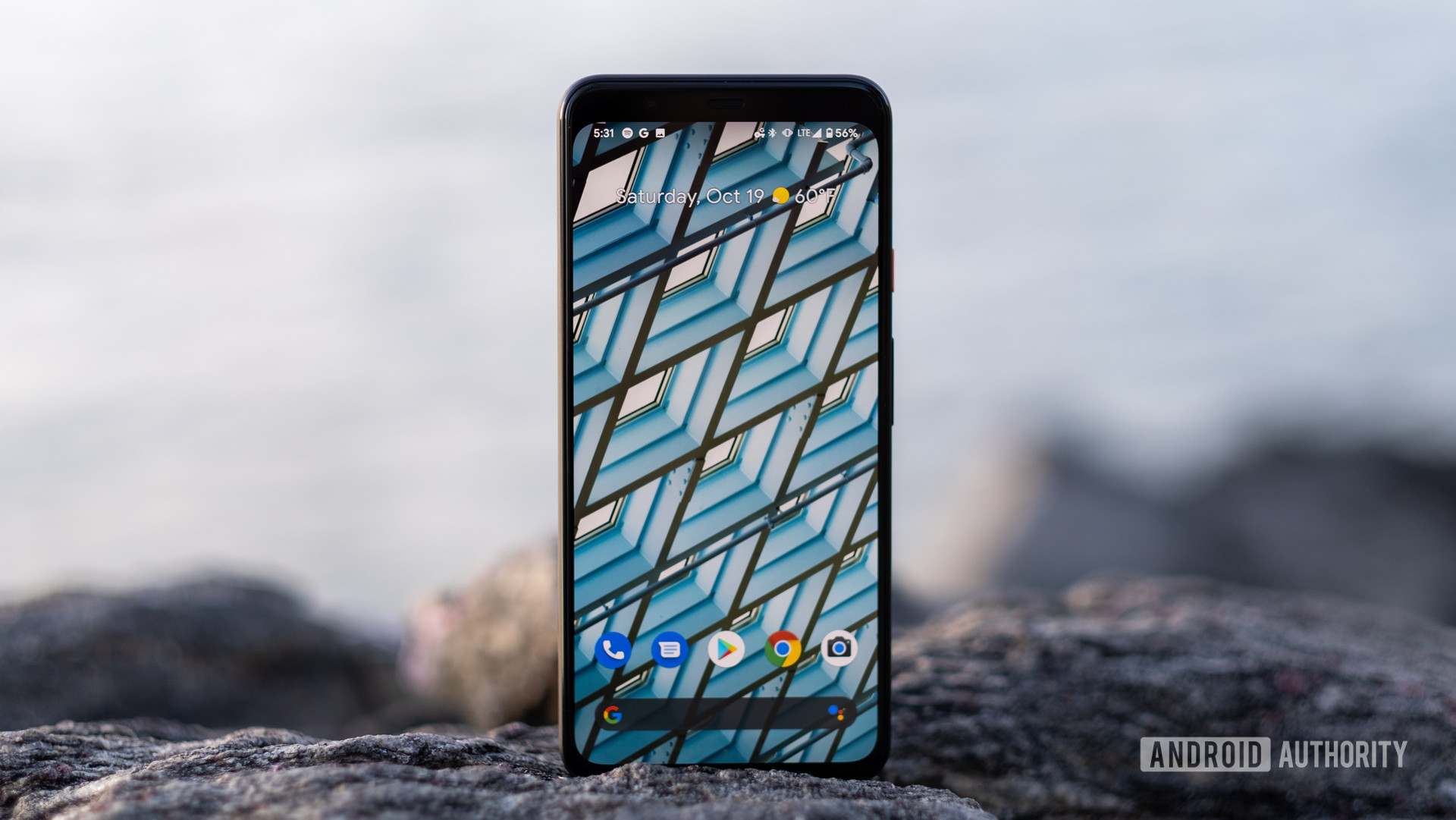
The Pixel 4 series was arguably Google at its most experimental. But this came at a cost — and we’re not just talking about the price. The biggest issue was the Motion Sense feature, as Google integrated a miniature radar system for gesture controls and presence detection. Unfortunately, Motion Sense was disabled in various countries due to regulatory hurdles. The gesture controls were extremely hit-and-miss, too. Google also used this radar system to offer 3D face unlock for the first time, albeit at the expense of fingerprint unlock.
At the time, I also lamented the lack of a triple rear camera system as HUAWEI, Samsung, and other brands all adopted this flagship feature. However, the biggest issue for many Pixel 4 owners was the standard model’s horrible battery life.
It wasn’t all bad, though. The Pixel 4 series introduced us to an astrophotography mode, that fantastic Recorder app, a slick 90Hz screen, and a great pair of cameras.
The good
- Smooth 90Hz display
- 3D face unlock worked well, for the most part
- Astrophotography was a genuinely cool camera trick
- The Recorder app was a revelation
- The shadow slider was a great addition to the camera app
The bad
- Motion Sense was gimmicky and blocked in many countries
- Pixel 4’s battery life was bad, while XL had mediocre endurance too
- No fingerprint scanner
- Dual rear cameras when big-name rivals had triple lenses
- Expensive at $799 and $899 respectively
6. Pixel 2 and Pixel 2 XL

Google’s sophomore Pixel series followed in the original’s footsteps by offering great camera quality, a lengthy update policy for the time, and a clean UI. Google also brought water and dust resistance plus HTC’s Active Edge feature for the first time — the latter letting you squeeze your phone to summon Assistant. The Now Playing music recognition feature also debuted here, and it remains a trademark Pixel feature to this day.
Unfortunately, Google decided to cut the headphone jack from the Pixel 2 series, despite mocking Apple for dropping the port a year earlier. These phones also lacked wireless charging at a time when Apple and Samsung had embraced it. The Pixel 2 XL delivered an awful display too, while the standard Pixel 2 brought comically huge bezels for the time. This all came at a high price for the XL model, which started at $849. At least the standard model had a more palatable $649 entry price.
The good
- IP67 rating for the first time in the series
- First Pixels with Active Edge feature
- Now Playing feature, which is still available today
- Three years of updates when that was still a big deal
- First phones with eSIM support
The bad
- No headphone jack
- Awful screen on the Pixel 2 XL
- Humungous bezels on the smaller Pixel 2
- Pixel 2 XL was very expensive
- No wireless charging
5. Pixel 5
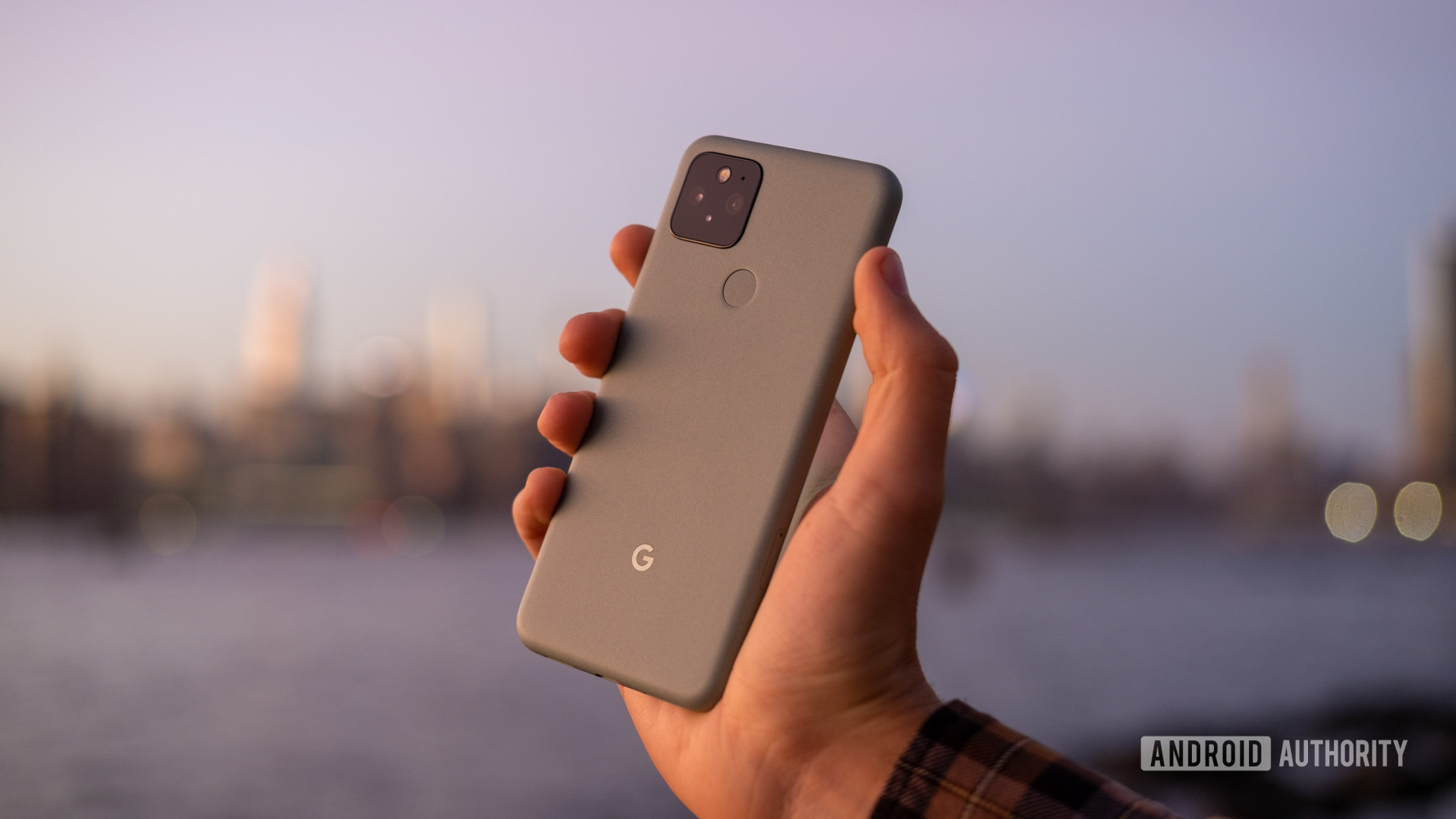
David Imel / Android Authority
The $699 Pixel 5 was the last Snapdragon-powered Pixel phone, and it’s a curious release for the company. Google opted for a mid-range Snapdragon chip, purportedly because the original Tensor chip wasn’t ready yet. The midrange chipset meant the Pixel 5 was actually less powerful than the Pixel 4 — not ideal if you wanted a future-proof phone to upgrade to. The phone also stuck with a dual rear camera system (but with a mediocre ultrawide camera), almost as if Google were allergic to triple shooters at this time. It didn’t help that Google was still using the same 12.2MP main sensor as its predecessors.
Nevertheless, the Pixel 5 had a compact form factor, 5G for the first time in the series, and a great display. This was also the last Pixel with a rear fingerprint scanner as well as the last Pixel with unlimited Google Photos backups. Truly the end of an era. My Android Authority colleague Rita calls it “the most underrated Pixel to date,” and to be fair, we haven’t met a single person who has used the Pixel 5 for an extended period of time and disliked it. This was a real case of not judging the book by its cover.
The good
- Small size
- 90Hz screen was great
- First Pixel with 5G support
- Good battery life
- Rear fingerprint scanner
- Last phone with unlimited Google Photos backups
- Very acceptable price (outside the US)
The bad
- Mid-range silicon wasn’t good for future-proofing
- Dual rear cameras instead of triple camera setup
- Camera hardware was showing its age
- No XL model
- Non-competitive price, especially in the US
4. Pixel and Pixel XL
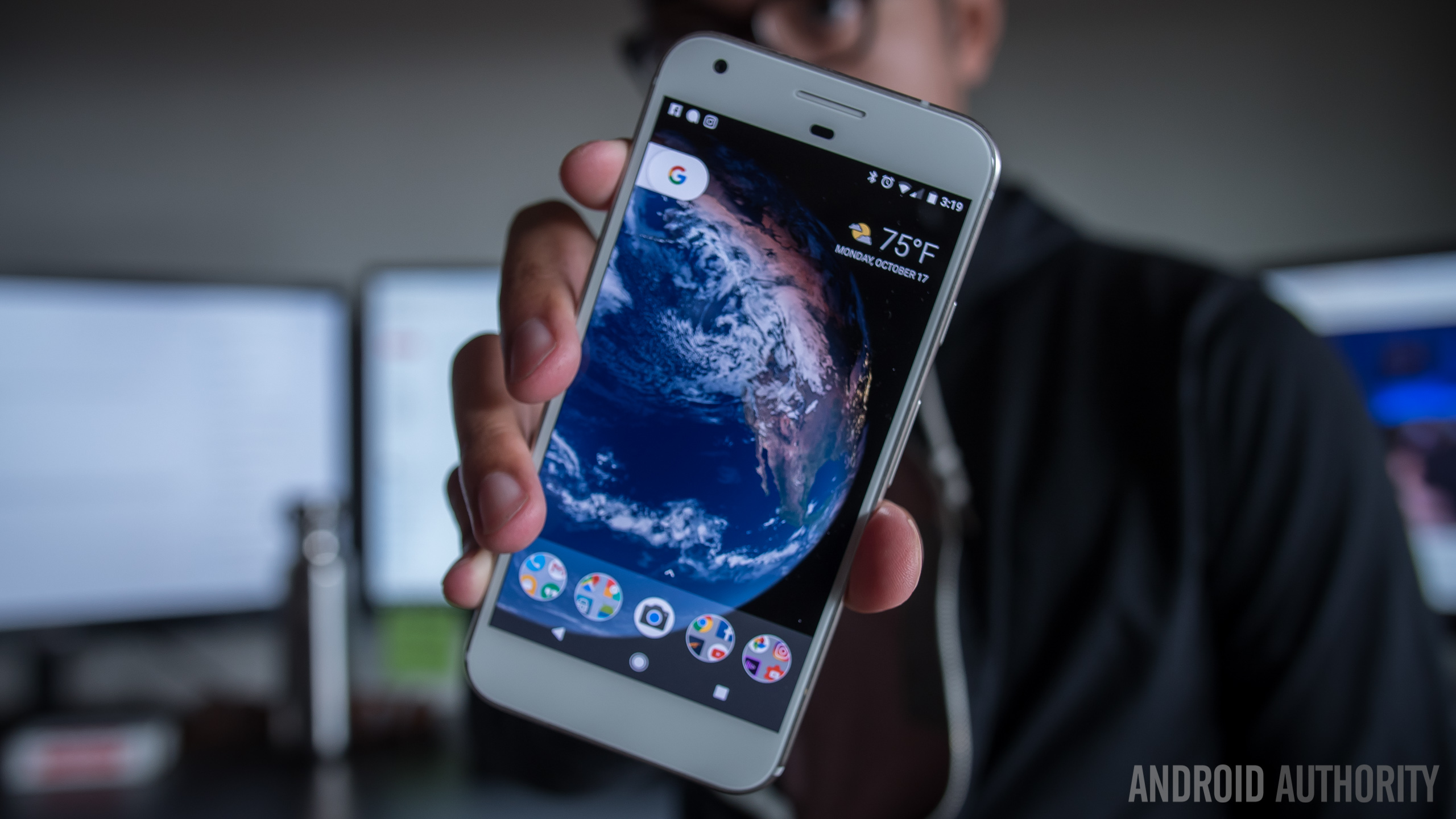
The original Pixel phones were landmark releases for Google, as the company sought to exert greater control over its own smartphones. In 2016, Google introduced a number of key Pixel tenets, namely great cameras, slick Google-only features, Google Assistant integration, and long-term update support. These were also the only flagship Pixel phones with a headphone jack too, and were the only phones to offer unlimited Google Photos storage at original quality.
It’s not all sunshine and roses, though. The first-generation Pixels lacked water resistance, didn’t have OIS for the rear cameras, and had relatively high price tags. But the Pixel and Pixel XL definitely laid the foundation for the Pixel experience we have today.
The good
- Pixel software was well-received at the time
- Great camera with HDR+
- Google Assistant integration
- Three years of updates
- Headphone jack!
- Unlimited original-quality Google Photos backups
The bad
- No water/dust resistance
- No OIS
- Expensive at $649 and $849
- Prone to chips and dents
- Verizon was the only US carrier partner
3. Pixel 3 and 3 XL
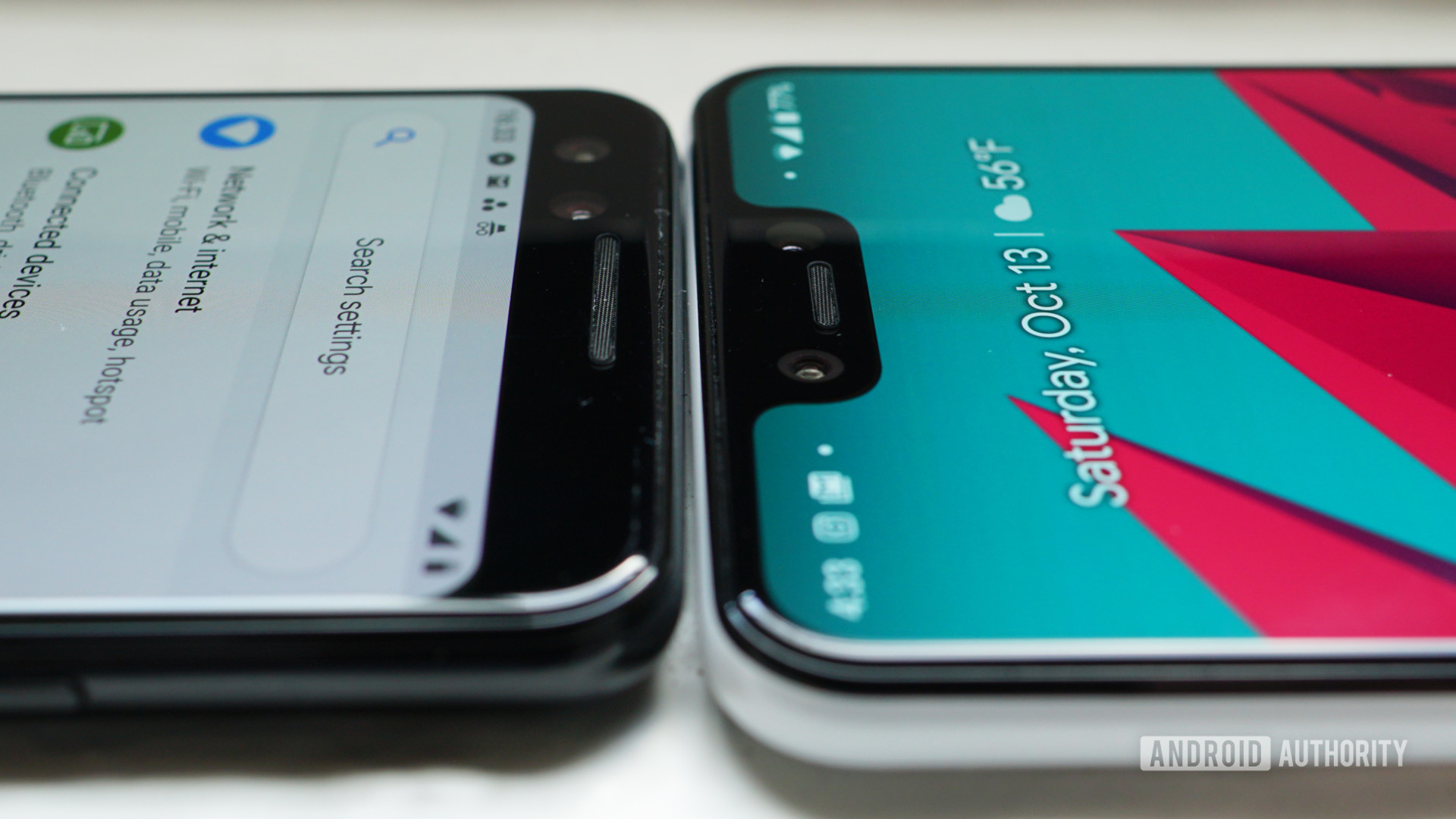
The Pixel 3 and Pixel 3 XL make a strong argument for being the best Pixels prior to the Tensor era. We’ve got wireless charging for the first time, a jump from IP67 to IP68 ratings, and many enduring features in the Night Sight camera mode, Super Res Zoom, and Call Screen capability. Plus, these were the last Pixels to adopt that iconic two-toned back. The Pixel 3 XL also brought dual selfie cameras, although Google opted for a ridiculously large notch as a result.
The Pixel 3 series had other downsides too, such as short endurance, a single rear camera at a time when dual cameras were the trend, and poor screen brightness. These phones were also very expensive, starting at $799 and $999. By contrast, the latest Pixel 8 retails for a lower $699, while the Pixel 8 Pro goes for the same $999 mark.
The good
- Pixel Stand enabled nifty standby features
- Call Screen still is a genuinely useful tool to combat spam
- Night Sight mode brought a huge boost for low-light photos
- Wireless charging for the first time
- Super Res Zoom delivered solid 2x zoomed shots
The bad
- The Pixel 3 XL’s display notch was hideous
- Low screen brightness
- Battery life was disappointing
- Very expensive
- Two selfie cameras when one wide camera would do
2. Pixel 7 and 7 Pro
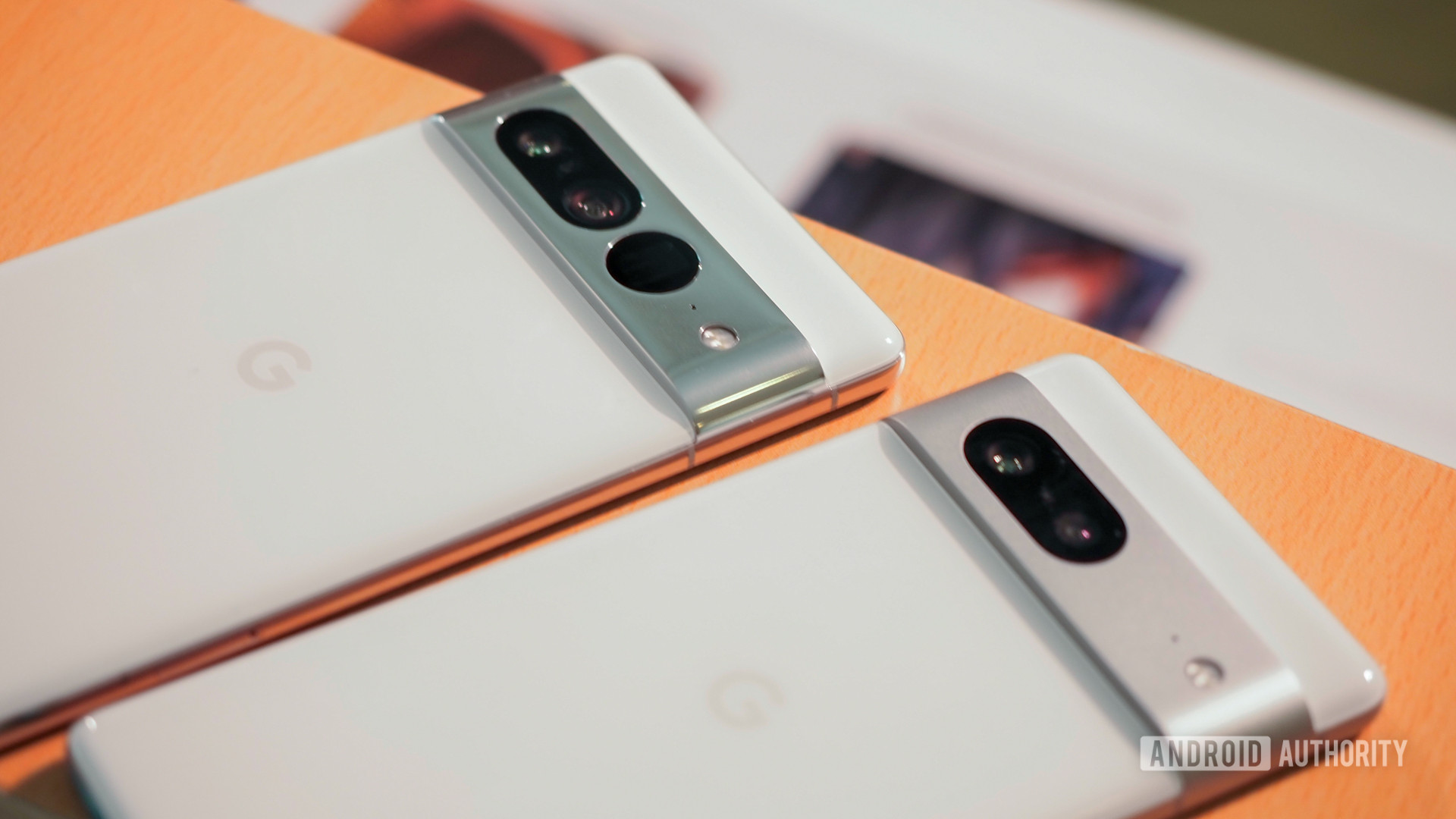
Rita El Khoury / Android Authority
The Google Pixel 6 range was the worst Pixel phone in our book, so how can an iterative upgrade be the second-best Pixel on the list? Well, the Pixel 7 series addressed plenty of Pixel 6 weaknesses, keeping all the good and fixing all the issues. That horrible cellular connectivity? Massively improved. The litany of bugs? Almost entirely squashed. That unreliable fingerprint scanner? Much better. The addition of a few more software features like Photo Unblur, Clear Calling, and improved Super Res Zoom certainly made for a better proposition.
The Pixel 7 range was far from perfect, though, with the devices still running hot, battery life being decent but not great, charging still being very slow, and the Tensor G2 being underpowered (but surprisingly decent for sustained workloads).
The good
- Top-notch camera quality
- Several new AI-enhanced features
- Slick software
- Free access to Google One VPN
- More reliable connectivity than the Pixel 6
The bad
- Phones still got hot
- Performance was still a step below rivals
- Battery life could’ve been better
- Charging is excruciatingly slow
1. Pixel 8 and 8 Pro
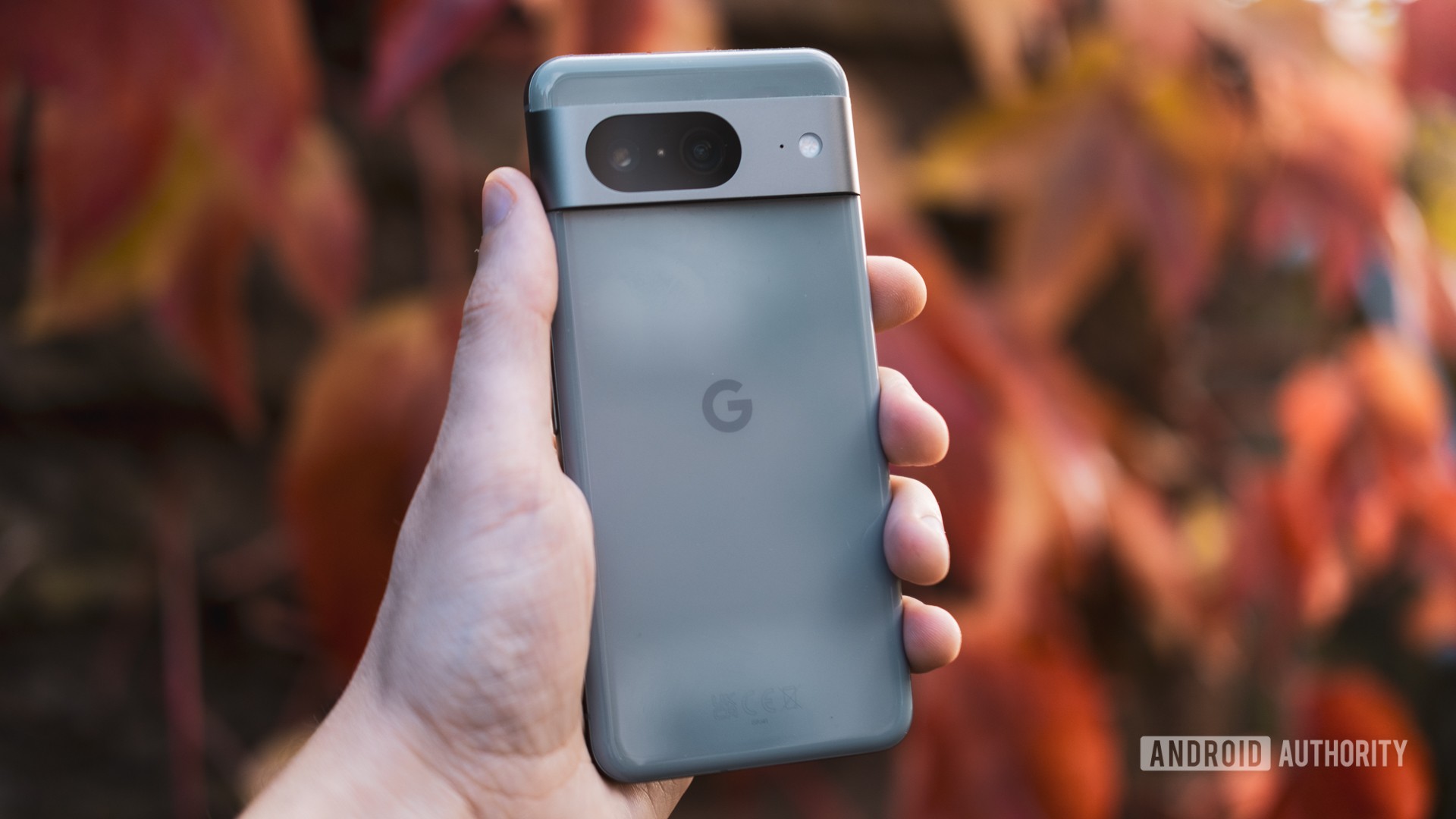
Robert Triggs / Android Authority
Pixel 8
Is it recency bias at work here? Maybe, but it’s hard to deny that the Pixel 8 phones are among the best Pixels ever made. These are the first Pixels to enjoy an impressive seven years of OS and security updates, for one. But Google’s also addressed the heating issues that plagued previous Tensor-equipped devices. Other notable features include improved charging speeds, higher-quality screens, the cool Best Take feature, a better ultrawide camera on the Pro, and a smaller standard Pixel 8.
The biggest issue with the Pixel 8 series is that the standard model feels like an afterthought, missing out on several significant Pixel 8 Pro features (Video Boost, Gemini at launch, and manual camera controls). Google also brought a temperature sensor to the Pixel 8 Pro, but we didn’t really care for this inclusion even after the company got FDA approval.
The good
- A variety of nifty AI additions (especially if you have the Pro)
- Standard Pixel 8 is more compact
- Brighter screens with a variable refresh rate for Pro
- Heating issues have largely been solved
- Seven years of updates
The bad
- Vanilla Pixel 8 misses out on many Pixel 8 Pro features
- Several AI features still require an internet connection
- $100 more expensive than the Pixel 7 series
- Charging is faster, but still slow compared to competitors
- The Tensor G3 still lags behind rival smartphones
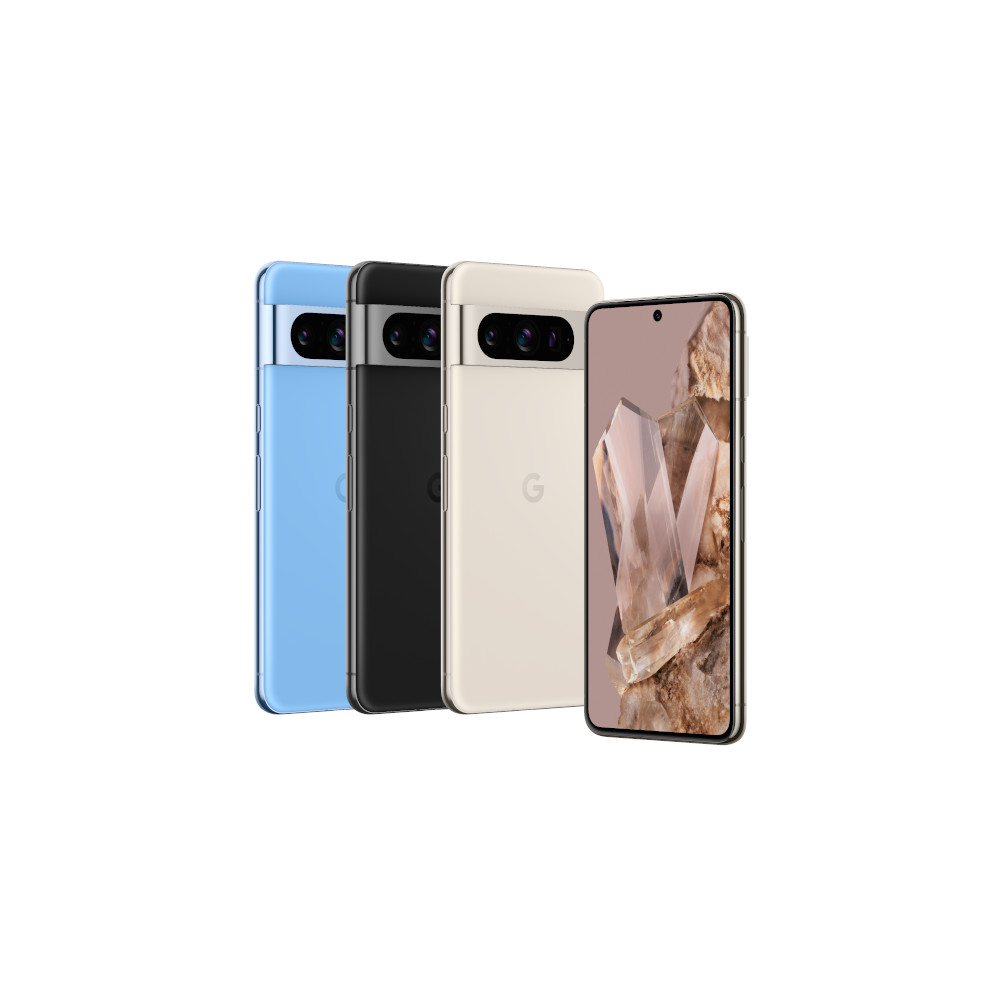
Google Pixel 8 Pro
Excellent cameras
Fun, exclusive Android 14 customizations
Industry-leading update promise
That’s it for our Google Pixel series ranking! Do you agree with the order? How would you change it? Let us know below.
What’s the best Google Pixel to date?
0 votes










